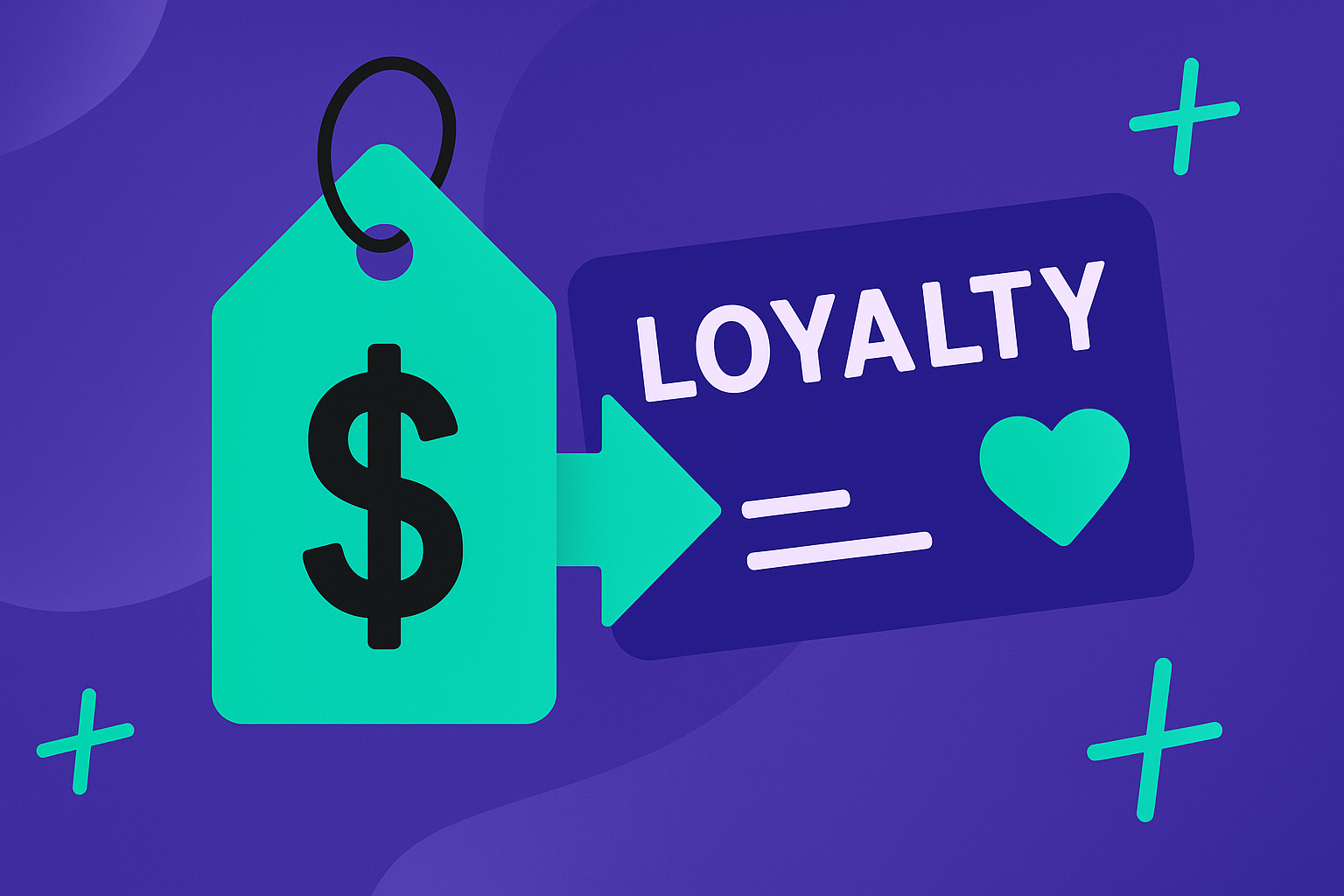In the dynamic world of ecommerce, where convenience and accessibility are paramount, returns play a crucial role in shaping customer experience and retailer success. The ecommerce landscape has witnessed tremendous growth over the years, and with it, the complexity of managing returns has also increased. However, with the proper returns management solutions in place, retailers can not only navigate the challenges posed by returns but also turn them into opportunities for enhancing customer loyalty and optimizing their operations. In this blog post, we will discuss how retailers can enhance customer experience and provide solutions to support their many return challenges.
Enhancing the Customer Experience
It’s no surprise that ecommerce returns are a complex and require effective workflows to handle returns. A well-rounded returns process involves receiving and inspecting returned items, managing refunds, restocking returned products, and analyzing returns data for insights. Many online retailers and ecommerce stores who do not have e-commerce return solutions in place spend hours and even weeks of manual processing issue refunds to their customers. This slow and tedious process not only creates friction for customers, but it also requires a lot of the time from valuable internal resources who could be focused on operations instead.
But still, returns are an inevitable part of the ecommerce business model and retailers need to be prepared. On average, 20% of the sales from online stores result in returns. Customers make returns for a variety of reasons from size discrepancies, bracket buying, product dissatisfaction, or other reasons.
Returns data is a goldmine of insights that retailers can leverage to optimize their operations. By analyzing return rates, reasons for returns, and patterns in returned items, retailers can fine-tune their product offerings, improve product descriptions, and enhance overall customer experience. This data-driven approach enables retailers to make informed decisions and address recurring issues, ultimately leading to a reduction in return rates.
Customer experience is at the heart of successful e-commerce. Retailers need to have a well-defined returns process that ensures customer satisfaction while minimizing the impact on their bottom line. Retailers that offer hassle-free returns, store credit, clear return policies, and user-friendly returns portals create a positive returns experience for customers. In fact, 92% of customers said they would buy from a brand again after having a positive return experience. This not only encourages repeat business but also fosters customer loyalty, ultimately benefiting the retailer's bottom line.
Offering free returns is another approach that many retailers have adopted to attract and retain customers. While it might seem counterintuitive, studies have shown that free returns can increase customer satisfaction and loyalty. Customers are more likely to purchase from an online store that offers free and easy returns, as it reduces the perceived risk of buying a product without physically seeing or trying it.
Challenges Faced by Retailers
Retailers encounter various challenges when it comes to managing returns effectively. The returns process can be time-consuming and resource-intensive, leading to increased operational costs. Manual handling of returned items, generating return labels, and managing return shipping add to the workload. Additionally, returns management is closely tied to inventory management and reverse logistics, making it a critical component of the supply chain.
Automation is the key to streamlining returns. In the pursuit of an efficient returns management process, automation emerges as a game-changer. Leveraging returns management platforms and software, such as ReturnBear and ReturnLogic, retailers can automate various aspects of the returns process. Automation allows for real-time tracking of returned items, generation of return labels and shipping labels, and even initiating refunds promptly. This saves time, reduces manual errors, and provides customers with a seamless and transparent returns experience.
Even, ecommerce platforms like Shopify, that work closely with return solutions like ReturnBear, have introduced built-in functionality for returns management. Shopify Merchants and Retailers can set up their ecommerce returns properly with return policies, branded returns portals, and integrate automation with applications like ReturnBear for a smoother process. This enables retailers to communicate with customers directly, providing order and return notifications, which helps manage customer expectations and enhances the overall returns experience. No more manually tracking and sending emails, all retailers have to do is setup the return solution and it will do everything for them.
With ReturnBear, retailers and merchants also have access to a Canada-wide return network that will access drop-off or mail-in returns, process their returns on the spot, repack, batch-ship or reship the returned items to the next closes customers. This is a major benefit for businesses, as it is more cost-effective process to manage returns. No more shipping returns back to a warehouse when it can be shipped to your next buyer, saving you money and making your returns more profitable.
While streamlining returns processes is essential, retailers must also consider the environmental impact of returns. Returns can contribute to increased carbon emissions due to reverse logistics and additional shipping. By optimizing the returns process and encouraging customers to use returns only when necessary, retailers can promote sustainability without compromising customer experience.
The Final Word
Ecommerce returns management solutions have become a critical component of business success and repeat purchase. The challenges posed by returns can be transformed into opportunities to enhance customer experience, increase customer loyalty, and optimize operational efficiency. By leveraging ecommerce return solutions that automate returns data and integrate user-friendly processes, retailers can streamline the returns management process, ultimately contributing to a healthier bottom line due to reduced cost of returns and a thriving ecommerce business with higher retention rates. Embracing effective returns management will remain essential for retailers aiming to excel in customer satisfaction and operational excellence.
To learn more about how to effectively manage returns for your scaling ecommerce business reach out to the ReturnBear team and have your return solution setup in as little as two days!
Frequently Asked Questions about E-commerce Return Management
How do you handle ecommerce returns?
Many ecommerce businesses handle product returns through returns management software like ReturnBear. This solution streamlines the post-purchase return process by providing customers with an easy-to-use interface for initiating returns, while giving businesses a returns management system to track and manage those returns efficiently. Some e-commerce businesses have a brick-and-mortar presence in addition to online, in those cases, they would offer a mix of in-store or online return self-service options for customer returns.
What is the return policy for ecommerce?
Return policies for ecommerce and online shopping vary from store to store. Common components include the return window (e.g., 30 days from purchase), condition of the returned item (unused, with tags, etc.), and whether refunds or store credit are provided. Many stores use solutions like ReturnBear to clearly communicate their return processes and policies.
How do online stores deal with returns?
Online stores typically have a designated section of their website where customers can initiate product returns post-purchase. They may also include instructions in the shipment package. Leveraging solutions like ReturnBear can aid businesses in processing ecommerce returns more effectively by automating various steps and providing analytical insights.
What is a normal return rate for ecommerce?
A normal return rate for ecommerce varies by industry and product type, but it generally ranges from 20% to 30%. Apparel and clothing, for instance, tend to have higher return rates compared to other categories of online shopping.
What is the return rate for online stores?
Similar to the previous answer, the return rate for online stores generally falls between 20% and 30% for product returns, but can be higher or lower depending on the specific industry and product category.
What is the difference between refunds and store credit?
A refund returns the money to the customer's original payment method, whereas store credit provides the customer with a balance to be used for future online shopping from the store. Store credit is often used as an alternative to refunds to keep the money within the business's ecosystem.
Why is it important to have a good returns process for ecommerce?
A smooth and hassle-free returns process enhances customer trust and satisfaction in the realm of ecommerce and online shopping. It can lead to increased loyalty, repeat purchases, and positive word-of-mouth. Conversely, a complicated or restrictive returns process can deter potential customers and negatively impact a brand's reputation.
What is the best way to handle ecommerce returns?
The best way to handle ecommerce returns is to make the return process transparent, easy, and customer-centric. Employing a dedicated return management system, such as ReturnBear, can streamline the return process, providing both the business and the customer with a hassle-free online shopping experience.
What are the benefits of ecommerce return solutions?
Ecommerce return solutions, like ReturnBear, offer multiple benefits for managing product returns efficiently:
- Simplified returns initiation for customers.
- Centralized management of return requests for businesses.
- Automated processing, reducing manual tasks and errors.
- Analytical insights to understand and reduce return rates.
- Enhanced customer satisfaction and trust due to a seamless returns process and efficient refunds.
- And with ReturnBear your online shoppers get access to Canada wide return drop-off hubs for easy convenient in-person returns.













.jpg)






%20(1).jpg)







































